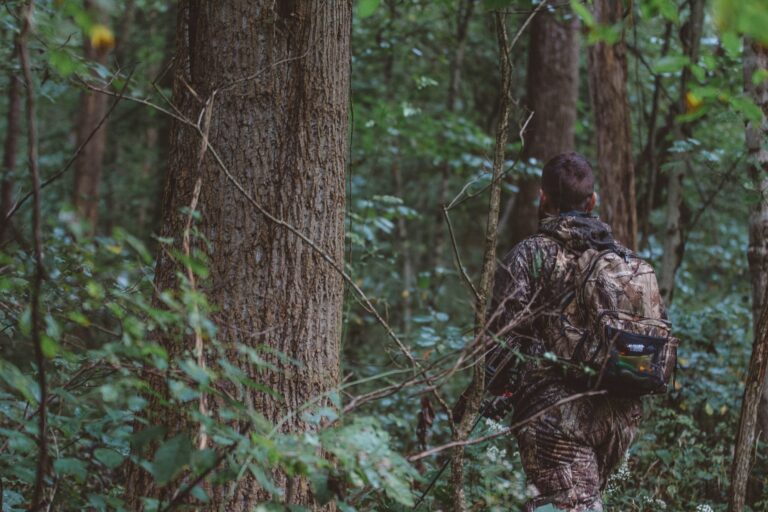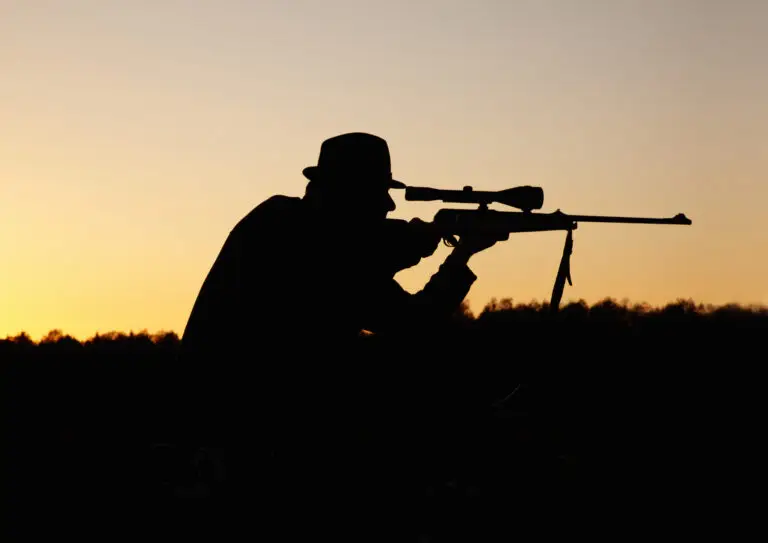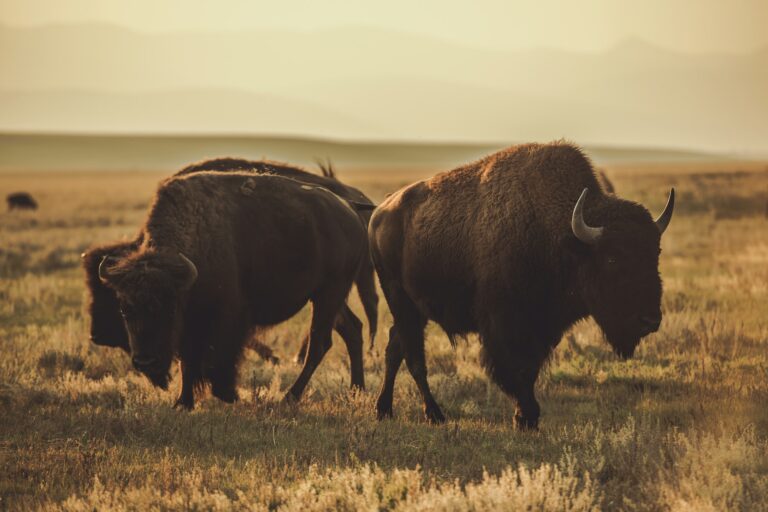Hunting has long been a part of American culture and history, but it has not always been sustainable or ethical. Unregulated hunting during the colonial era of our country led to the decline of many wildlife species, and the need for conservation efforts became apparent.
Today, conservation laws and regulations play a crucial role in ensuring that hunting is sustainable and wildlife populations are protected. In this blog post, we will explore the ways in which game conservation laws affect, and ultimately benefit hunters. We’ll take a look at the history, laws, efforts and the results of wildlife conservation.
Table of Contents
The History of Conservation Efforts in the United States
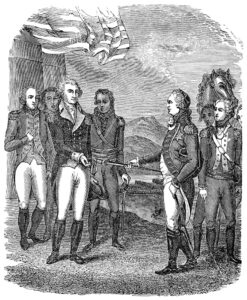
If you have any memory of junior year US history, in the late 1800s, the United States was undergoing significant industrial and agricultural development. In the context of wildlife, this meant widespread habitat destruction, and unregulated hunting practices contributed to the decline of many wildlife populations.
Market hunting, the practice of hunting wildlife for profit or commercial gain, was prevalent during this time and significantly impacted wildlife populations. Species such as the American bison, passenger pigeon, and Carolina parakeet were hunted to extinction, and many other species were led to the brink of eradication.
However, as more people became aware of the detrimental impact of unregulated hunting on wildlife populations and their habitats, concerned citizens and conservationists came together to advocate for the protection of wildlife. These advocates recognized the importance of preserving wildlife populations for future generations and began pushing for laws and regulations to protect wildlife.
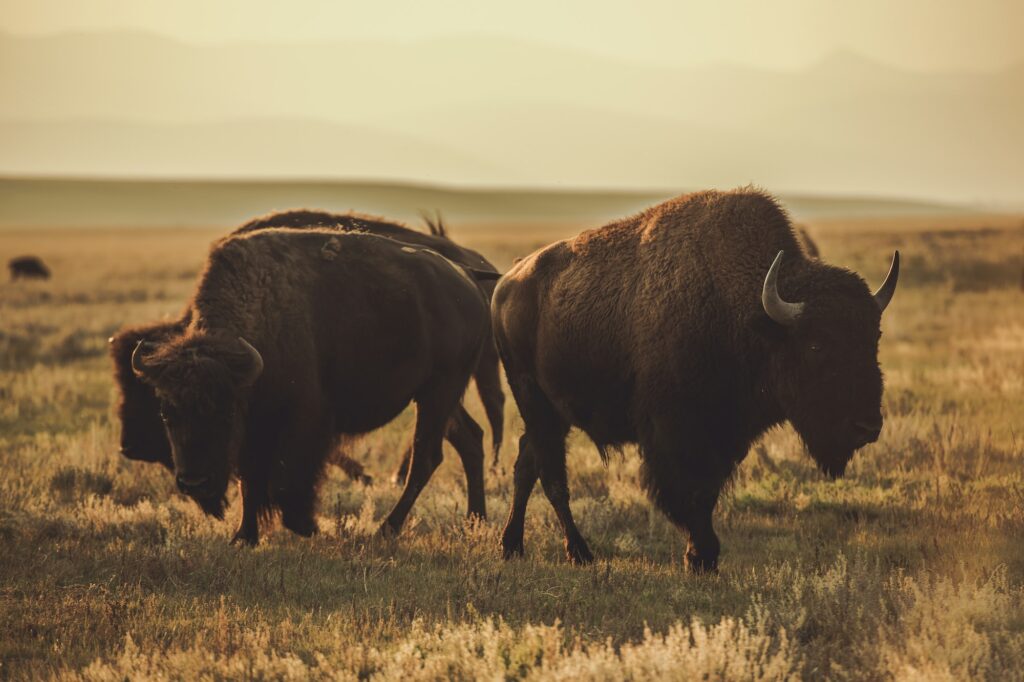
The first national parks and wildlife refuges
One of the most significant achievements of the conservation movement was the creation of the first national parks and wildlife refuges. In 1872, Yellowstone National Park was established as the first national park in the United States!
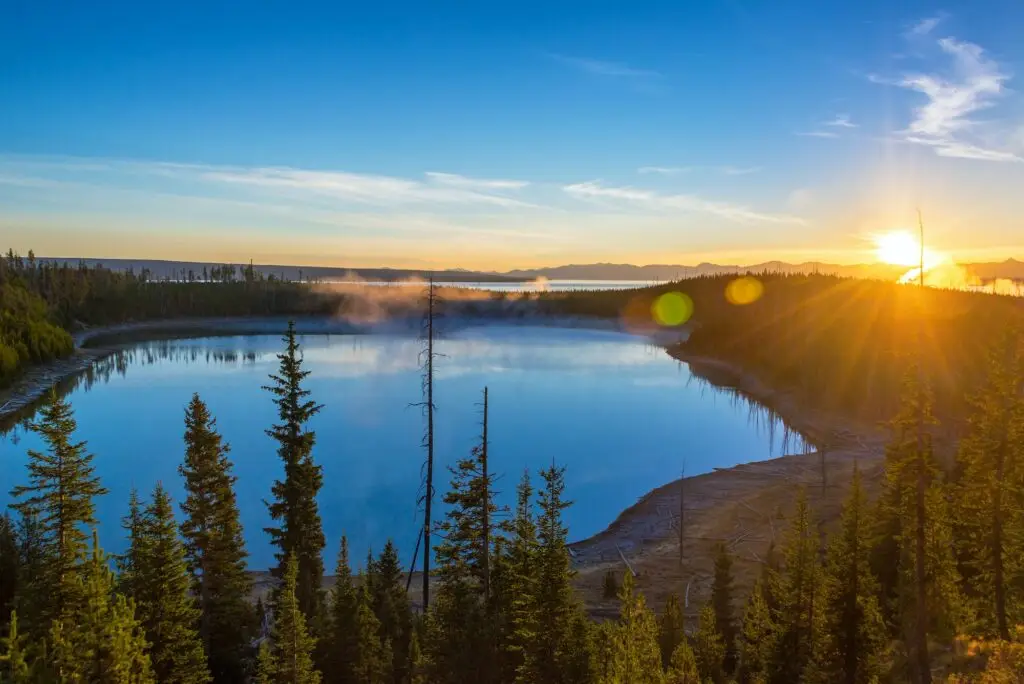
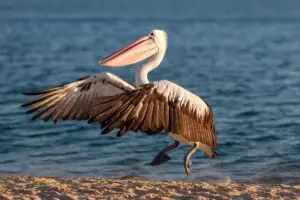
The park’s creation was a significant milestone in the conservation movement and set a precedent for the creation of other national parks and protected areas. The National Park Service, established in 1916, oversees these protected areas, which now include over 400 national parks, monuments, and historic sites.
In addition to the establishment of national parks, wildlife refuges were created to provide habitats for wildlife and protect endangered species. The first national wildlife refuge, Pelican Island, was established in Florida in 1903 to protect pelicans and other waterbirds from hunting and habitat destruction.
Over 500 wildlife refuges!
Today, the National Wildlife Refuge System consists of over 500 wildlife refuges and other protected areas, providing habitat for over 700 species of birds, mammals, reptiles, and amphibians.
These efforts laid the foundation for future conservation laws and regulations, and in the early 1900s, the North American Model of Wildlife Conservation was created. This model recognized the importance of regulating hunting and managing wildlife populations sustainably.

It included principles such as wildlife belonging to all citizens, hunting being regulated by science-based management, and revenue from hunting fees being used for conservation efforts.
Today, this model continues to guide wildlife conservation efforts in the United States and ultimately resulted in the reemergence of hunting, this time as both an ethical and helpful activity.
The North American Model of Wildlife Conservation
The North American Model of Wildlife Conservation was a game-changer in the early 1900s when it was introduced in the United States. This model recognized the importance of balancing the needs of wildlife and humans. It stressed the importance of regulating hunting and managing wildlife populations sustainably.
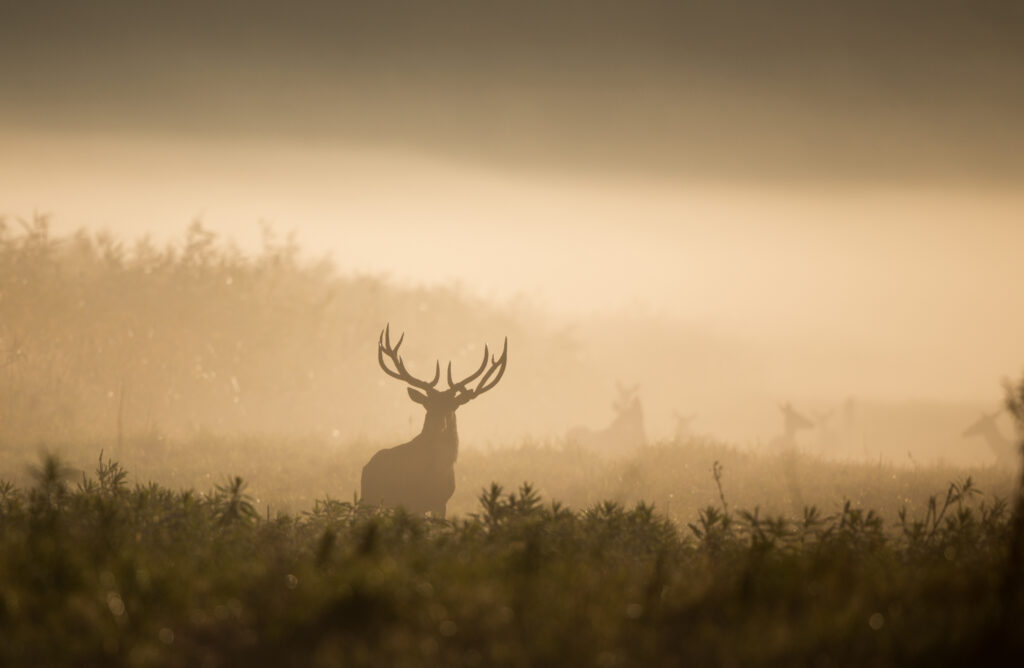
The model introduced a few key principles that are still in use today. One of these principles is that wildlife belongs to all citizens, and everyone has the right to access and enjoy it. This principle ensured that hunting would not become exclusive to a privileged few but rather a right for all citizens to enjoy.
The North American Model also recognized the importance of generating revenue from hunting fees and using it for conservation efforts. This ensures that hunters and hunting enthusiasts contribute to conservation efforts through their fees and taxes.
Generated revenue is then used to fund conservation programs and initiatives that aim to protect and preserve wildlife populations and their habitats. So if you ever get upset over having to pay for that hunting license and the related tags every year, just know that the money goes into ensuring our sport stays a live for many generations to come!
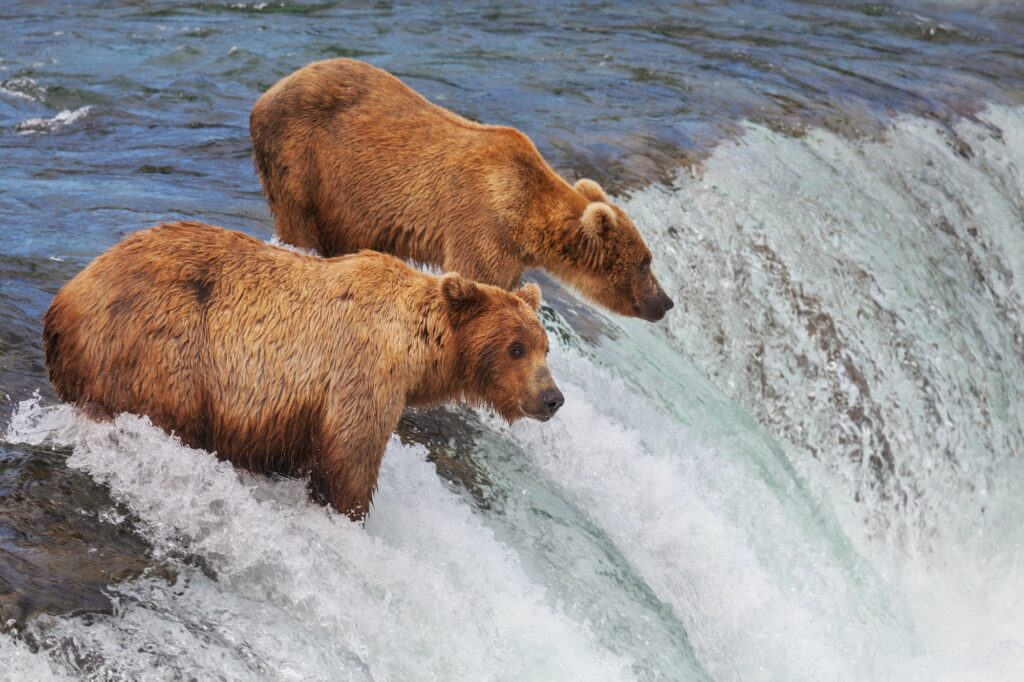
Conservation Laws and Regulations
Conservation laws and regulations play a crucial role in ensuring that wildlife populations are protected and that hunting is sustainable. The Migratory Bird Treaty Act of 1918 is one such law that protects migratory birds such as waterfowl, doves, and songbirds.
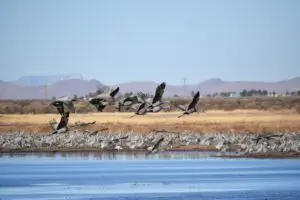
This act prohibits the hunting or capturing of migratory birds without a permit and regulates hunting seasons and bag limits. It ensures that migratory bird populations are not depleted due to excessive hunting, which could threaten the bird’s survival.
These laws benefit hunters in several ways. By ensuring that wildlife populations are not depleted, hunters can continue to enjoy hunting year after year. It also makes sure that when we do go out to hunt, we have access to healthy and diverse wildlife populations – so that the hunter doesn’t disrupt the ecosystem, but rather helps balance it.
State-Specific Hunting Regulations
Hunters are also required to follow state-specific hunting regulations, which vary depending on the species and location. These regulations help ensure that hunting remains ethical and sustainable.
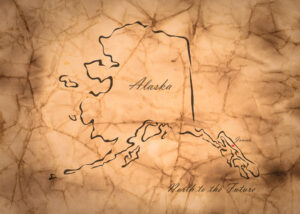
For example, in Alaska, hunters are required to take a bear safety course before hunting bears to ensure that they can hunt safely and ethically, and in almost every state hunters are required to obtain a license and complete a hunter education course before hunting.
Always, always check up on your states hunting regulations before heading out into the wild. Every government website has a section dedicated to their wildlife – for example, we’re Washingtonians, so we’d look up the official website of the Washington Department of Fish & Wildlife.
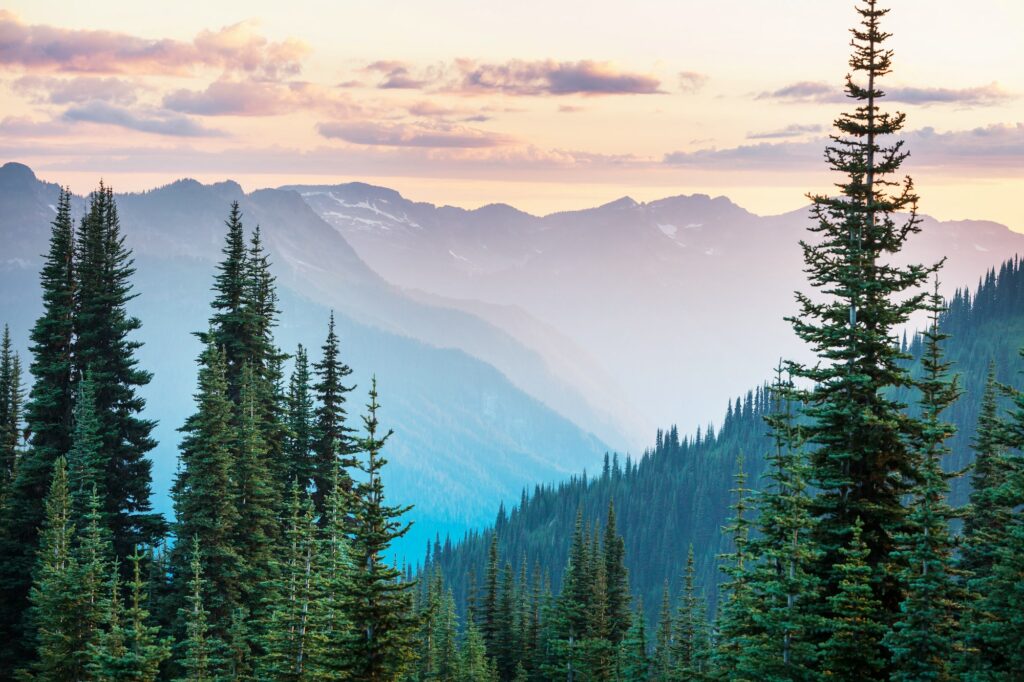
Funding Conservation Efforts
The Pittman-Robertson Act of 1937, also known as the Federal Aid in Wildlife Restoration Act, has played a significant role in funding wildlife conservation efforts in the United States. Under this Act, a 10-11% excise tax is imposed on the sale of hunting equipment such as firearms, ammunition, archery equipment, and fishing gear.
The funds generated by this tax are then distributed among state wildlife agencies to support wildlife conservation and management programs.

The Pittman-Robertson Act has provided millions of dollars to state wildlife agencies, which have then used those funds to acquire and manage wildlife habitats, conduct research on wildlife populations, and promote hunter education and safety. The Act also supported the restoration and recovery of many species that were once threatened or endangered, such as the wild turkey, white-tailed deer, and elk.
Hunters benefit directly from the funds generated by the Pittman-Robertson Act. The money collected from the excise tax is used to improve and maintain hunting opportunities across the country. The funds are used to enhance and restore wildlife habitats, which in turn supports healthy wildlife populations and provides hunters with more opportunities to hunt.
And not to forget, the funds are used to support hunter education and safety programs. By promoting responsible hunting practices, hunters can help ensure that wildlife populations are healthy and that hunting remains a viable activity for future generations.
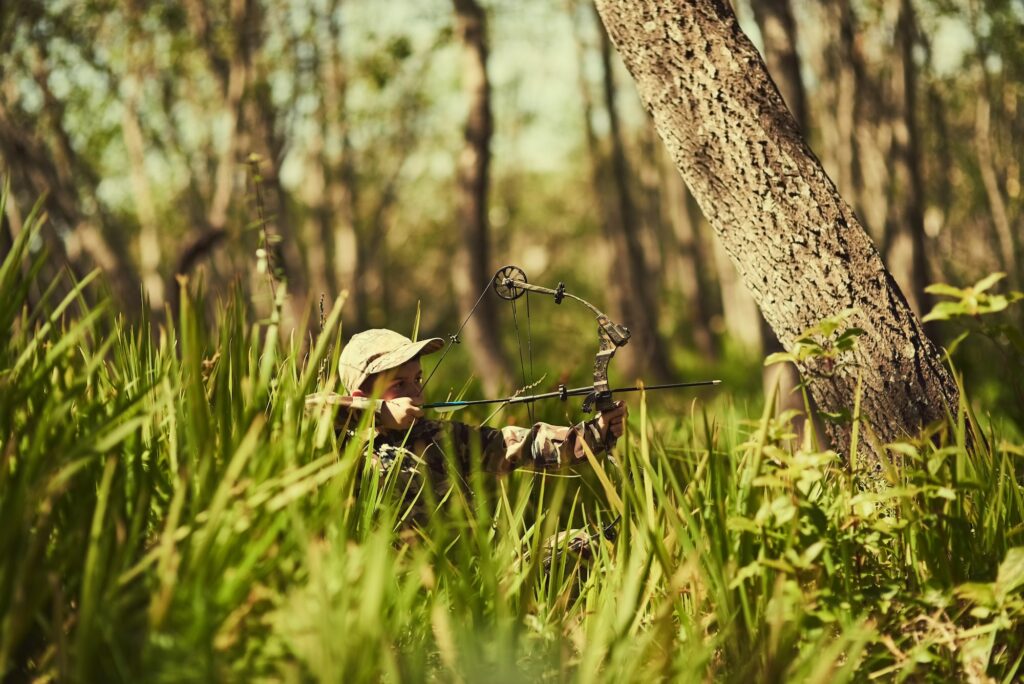
The Role of Hunters in Conservation Efforts
Hunters have been instrumental in wildlife conservation efforts in the United States for over a century. Hunting is a valuable tool for wildlife management as it helps to control animal populations and ensure that they do not become overpopulated, leading to habitat destruction and other issues.

Additionally, hunters play a critical role in providing valuable data on wildlife populations and habitat health, helping wildlife managers make informed decisions. By paying hunting fees and purchasing licenses, hunters also contribute to funding conservation efforts.
Many conservation organizations, such as the National Wildlife Federation and Ducks Unlimited, have partnerships with hunters and hunting organizations to promote sustainable hunting practices and wildlife conservation. These partnerships help to ensure that hunting practices are responsible and that wildlife populations are protected.
In addition to their contributions to conservation efforts, hunters also play a critical role in connecting people with nature. Hunting provides an opportunity for individuals to connect with the natural world and understand the importance of conservation efforts. By participating in hunting and outdoor activities, people develop a deeper appreciation for the natural world and become advocates for conservation efforts as well!
The Take-Aways
The conservation laws and regulations of the United States have played a significant role in ensuring that hunting is sustainable and wildlife populations are protected.
The creation of the first national parks and wildlife refuges in the late 1800s marked the beginning of the conservation movement, and these efforts have continued to shape conservation laws and regulations.
Today, the North American Model of Wildlife Conservation guides wildlife conservation efforts in the United States, with principles such as science-based management, revenue from hunting fees used for conservation efforts, and the recognition that wildlife belongs to all citizens.
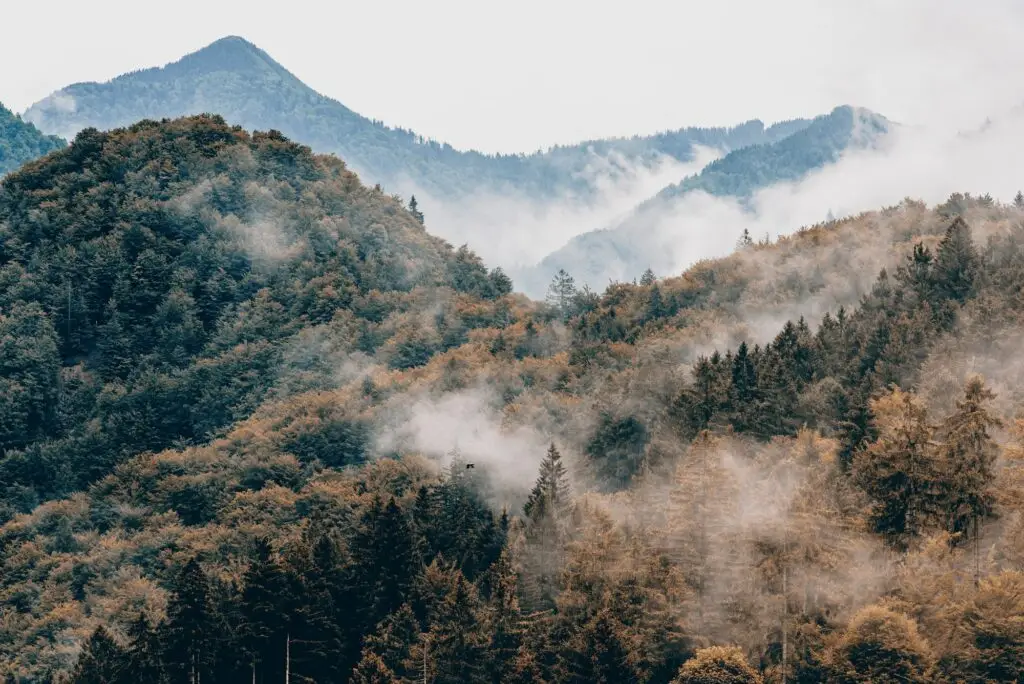
Conservation laws and regulations are essential in protecting wildlife populations, and they also benefit hunters in several ways. These laws ensure that hunters have access to healthy and diverse wildlife populations, support sustainable hunting practices, and allow them to enjoy this tradition for generations to come.
Conservation laws and regulations benefit not only hunters, but all citizens, as they play a vital role in protecting and preserving the natural world.
Happy Hunting!
Looking for more information, guides or tips on hunting? Check out our library of articles here.


